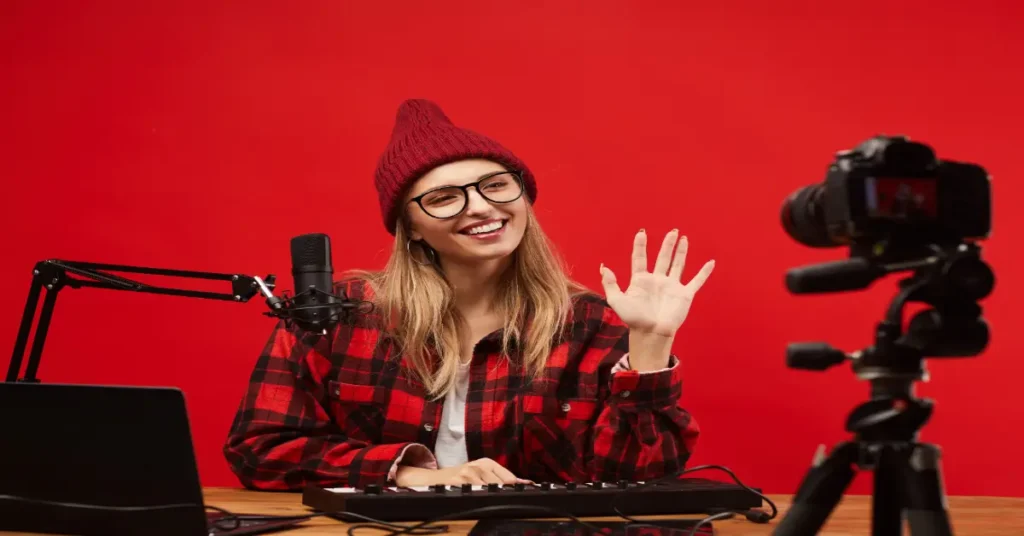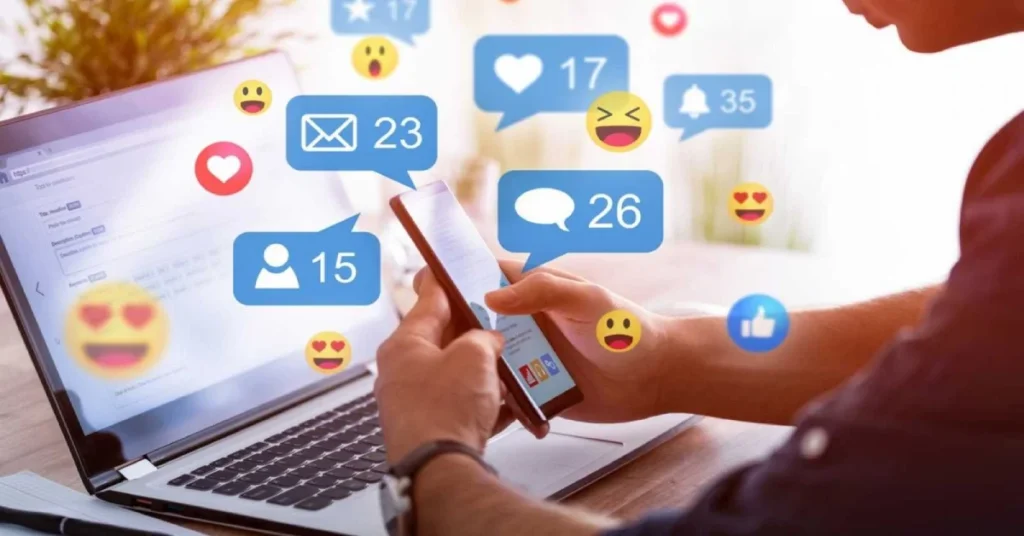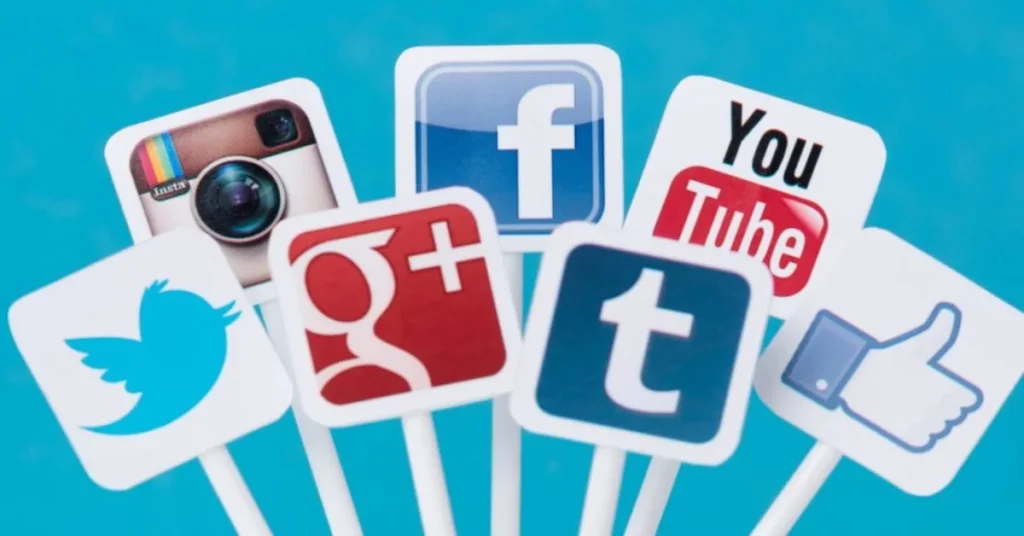I want to discuss a powerful marketing strategy for your brand in the United States: YouTube influencer marketing. It’s more than a trend; it’s a proven way to connect with millions of people, build trust, and drive real results. Think of YouTube as a vast community, and influencers are its trusted leaders. They have built loyal audiences who listen to their recommendations. For US brands, tapping into this can change your marketing game.
A recent article from Charles Agency highlights key YouTube statistics and trends for 2025, emphasizing the platform’s continued dominance in online video and its significant impact on consumer behavior and advertising. Key takeaways include its global reach with India and the US leading in users, high user engagement (over 27 hours/month on mobile, 1 billion daily hours watched), and significant influence on purchasing decisions (over 40% of shoppers buying products seen on YouTube). The platform is also an advertising powerhouse, generating billions in revenue and offering greater reach than all cable TV networks combined for adults aged 18-49, while fostering a strong creator economy and high user trust.
Understanding YouTube Influencer Marketing

What exactly is YouTube influencer marketing? It’s simply collaborating with YouTube creators to show off your products or services to their followers. These creators, often called “influencers,” make videos that naturally weave in your brand.
YouTube offers some distinct advantages. Long-form videos allow for detailed product demonstrations and storytelling. This means viewers can see how your product works. YouTube is also like a giant search engine. People look for “how-to” videos or product reviews, making it a powerful place for your brand to be discovered over time. Creators often build deep trust with their subscribers, making their recommendations feel authentic. This is gold for any brand.
For US brands, YouTube is especially important. It’s a top platform for video consumption across the country. You can reach all sorts of people, from niche communities to broad demographics. This kind of marketing can boost brand awareness, generate leads, and even lead to direct sales. Consumers in the US increasingly trust recommendations from their favorite creators.
Consider these exciting statistics for 2024 and 2025:
- The global influencer marketing industry is expected to reach an estimated $32.55 billion by 2025. This shows how quickly it’s growing. (Influencer Marketing Hub, 2025)
- The United States leads the world in influencer marketing, with 22.7% of all sponsored posts in 2024. That’s an impressive 18.9 million posts! (Influencer Marketing Hub, 2025)
- In 2024, YouTube’s creative ecosystem contributed $55 billion to the U.S. GDP, supporting the equivalent of 490,000 full-time jobs. (YouTube, 2024 U.S. Impact Report)
- A recent study found that 60% of YouTube users trusted recommendations more when a creator demonstrated knowledge about a product or service. (Ad Results Media, 2025)
- About 40% of consumers say nano-influencers (1,000 to 10,000 followers) most influence their purchase decisions. (Ad Results Media, 2025)
Crafting Your YouTube Influencer Marketing Strategy
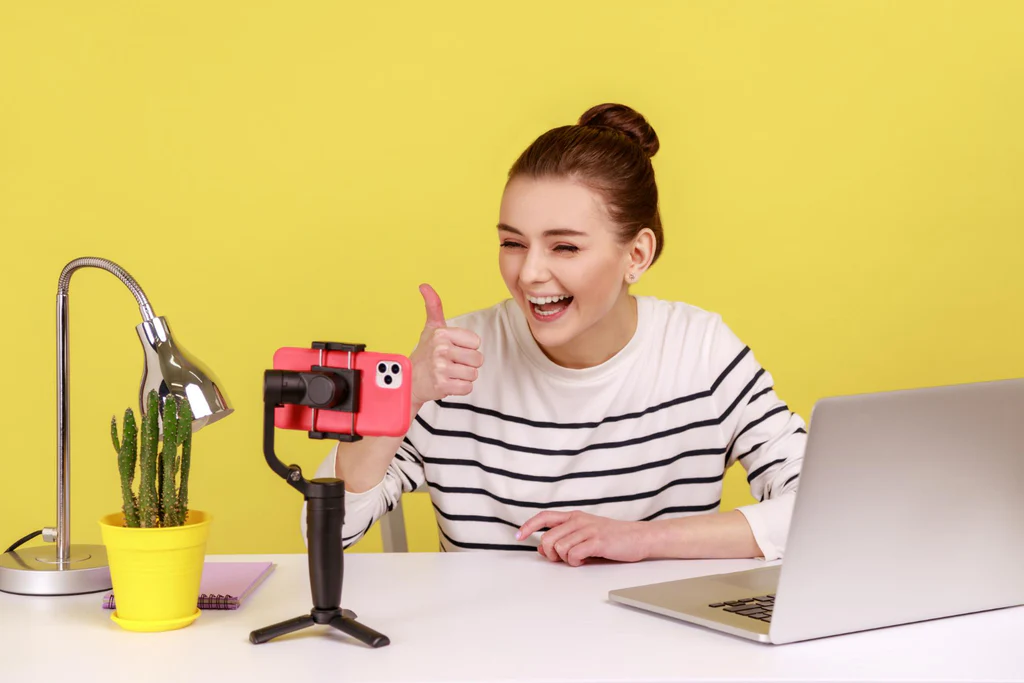
Every successful marketing effort starts with a clear plan. When you plan a YouTube influencer marketing campaign, you first need to define what you want to achieve.
- Brand Awareness: Do you want more people to know about your brand? You might focus on views, impressions, or new subscribers.
- Lead Generation: Are you looking for potential customers? Track website visits or email sign-ups.
- Sales/Conversions: Is your goal direct purchases? Use unique promo codes or track specific landing page visits.
- Brand Sentiment: Do you want to improve how people feel about your brand? Analyze comments and mentions.
- Content Creation: Do you want to generate user-generated content that you can repurpose? Many businesses use influencer campaigns for this exact reason, with 56% stating their main purpose is to create user-generated content. (Influencer Marketing Hub, 2025)
Next, you need to find the right people to work with. It’s not just about how many followers someone has. Look at their audience demographics, how much engagement their videos get, the quality of their content, and if their values align with your brand. Think of it like finding a true brand advocate.
Several tools and platforms can help you discover influencers. Services like Influencer Hero, Grin, and Creator.Co, Upfluence, and HypeAuditor offer valuable insights.
But what if your brand fits into a super-specific niche? You might sell specialized software for dentists, or perhaps handcrafted tools for woodworking enthusiasts. Many guides talk about broad categories like beauty or gaming. They often miss out on exploring how to find and work with influencers in these very unique communities.
Imagine you sell advanced robotic vacuums. Instead of just looking for “tech reviewers,” you could seek out YouTube creators who specialize in smart home automation or even “clean with me” channels focused on unique living spaces. These creators have audiences intensely interested in specific solutions, making your collaboration much more impactful. How might you uncover these hidden gems in unexpected places? What if the most influential voices for your brand aren’t the ones with millions of followers, but hundreds of dedicated fans in a truly specific area? It takes a bit more digging, but the payoff can be huge.
Once you have your influencers, decide on the content style.
- Product Reviews & Unboxings: Showcasing your product’s features and first impressions.
- Sponsored Integrations: Naturally mentioning your product within a broader video.
- Dedicated Videos: Full videos focused solely on your product, like tutorials or “how-to” guides.
- Live Streams & Q&A Sessions: Real-time interaction with the audience.
- YouTube Shorts Integration: Short, engaging videos.
- Giveaways & Contests: Creating excitement around your brand.
- Long-term Brand Ambassadorships: Ongoing partnerships that build deep trust.
Navigating Legal & Ethical Considerations in the US

Working with influencers means you must play by the rules. In the US, the Federal Trade Commission (FTC) sets clear guidelines for influencer marketing. These rules ensure consumers know when someone is being paid or otherwise compensated to endorse a product.
I often see marketers acknowledge FTC guidelines, but they rarely get into the nitty-gritty details. It’s like saying “drive safely” without explaining traffic laws. What exactly does “clear and conspicuous disclosure” mean on YouTube?
For example, simply burying “#Ad” deep within a lengthy video description isn’t enough. The FTC wants disclosures to be as obvious as possible. This means:
- Verbal Disclosure: The influencer should say they are partnered with your brand at the very beginning of the video, ideally within the first 10 seconds. Think of it as: “This video is sponsored by [Your Brand Name].”
- Written Disclosure: Include a prominent written disclosure in the video description, above the “show more” button. You can also use on-screen text overlays, especially for shorter segments or YouTube Shorts.
- YouTube’s “Paid Promotion” Checkbox: While helpful, simply checking this box isn’t always enough on its own. You still need clear verbal and written disclosures.
- Acceptable vs. Unacceptable Language: Use terms like “#Ad,” “#Sponsored,” or “Paid partnership with [Brand].” Avoid vague terms like “collab” or “sp,” which can confuse viewers.
- No False Claims: Influencers must not make claims about your product that aren’t true or that they can’t back up. The FTC is very strict about this.
Violating these rules can lead to significant penalties, sometimes tens of thousands of dollars per violation, and it can harm your brand’s reputation. Keeping meticulous records of your agreements and how disclosures were made is always a smart idea.
Beyond disclosures, setting up solid contracts with your YouTube influencers is vital. Many focus on just the basics, but what about the nuances that can truly save you headaches down the road?
Think about what happens if a popular influencer, after working with your beauty brand, decides to promote a competitor right after your campaign ends. Or what if they create amazing content, but you can’t use it for your advertising because you didn’t clarify the rights?
While working with influencers offers fantastic organic reach and authenticity, sometimes you need to amplify your message even further or target a very specific audience directly. If you’re ready to explore how to effectively supercharge your video views and brand visibility, I’ve also covered the ins and outs of YouTube Paid Promotion: Master Ads & Maximize Your Reach – it’s a powerful way to complement your influencer efforts.
A strong YouTube influencer contract should cover:
- Scope of Work & Deliverables: Clearly define what the influencer will create (number of videos, Shorts, live segments), where they will publish them, and when.
- Compensation: Detail the payment structure (flat fee, performance-based), payment schedule (e.g., 50% upfront, 50% upon delivery), and any potential bonuses. Influencer Marketing Hub reports that for a YouTube video, a nano-influencer might charge $20-$200, while a mega-influencer could charge over $20,000. (Influencer Marketing Hub, 2024)
- Content Approval Process: Outline how many revisions are allowed and how long your brand has to approve content before it goes live. This prevents endless back-and-forths.
- Exclusivity: Define if the influencer can work with competitors, and for how long. This protects your investment.
- Usage Rights: Specify how your brand can repurpose the influencer’s content (e.g., using clips for your ads, website, or social media).
- Morality Clauses: Include terms that protect your brand if an influencer behaves in a way that could damage your reputation.
- Indemnity: Protect your brand from legal issues caused by the influencer’s actions.
- Dispute Resolution: Establish how conflicts will be resolved, potentially through arbitration rather than costly lawsuits.
Measuring & Optimizing YouTube Influencer Campaigns

Running a YouTube influencer marketing campaign isn’t just about getting videos out there. It’s about knowing if they’re working. You need to track your progress and see what truly makes a difference.
I often find that while people track basic metrics like views, they sometimes miss the deeper insights. How do you truly know the monetary return on your YouTube influencer investment?
For example, when you launch a campaign, do you know how many actual sales came directly from a specific influencer’s video? Or how much did that video contribute to a purchase that happened weeks later? Many methods only show a partial picture.
Here’s how to look deeper:
- Key Performance Indicators (KPIs):
- Reach & Impressions: How many people saw the video (views, unique viewers)?
- Engagement: Likes, comments, shares, watch time, and audience retention (how long people watch). High engagement often signals strong interest.
- Traffic: Clicks to your website from video descriptions. Use unique links (UTM parameters) for each influencer.
- Conversions: Direct sales, leads, or sign-ups linked to unique promo codes or dedicated landing pages.
- Audience Growth: How many new subscribers did the campaign bring in?
- Brand Sentiment: What are people saying in comments? Is it positive, negative, or neutral?
- Advanced ROI Measurement & Attribution:
- UTM Parameters & Vanity URLs: These are essential. Create a unique tracking link for each influencer and video. This lets you see exactly how much traffic and conversions came from them in Google Analytics.
- Promo Codes & Affiliate Links: Assign unique codes to each influencer. This directly ties sales back to their efforts.
- Multi-Touch Attribution Models: Most customer journeys are complex. A customer might see an influencer’s video, then a week later click a search ad, and then buy. Multi-touch models (like linear, time decay, or position-based) help you understand YouTube’s contribution at different points in the journey, not just the last click.
- Brand Lift Studies: For larger campaigns, consider measuring changes in brand awareness, perception, and purchase intent before and after the campaign.
- Sentiment Analysis Tools: Beyond just counting comments, use tools to understand the tone and emotion behind them. Are people excited, curious, or critical?
- Leveraging YouTube Creator Studio:
- This is your free analytics hub. Use it to check watch time, audience demographics, traffic sources, and retention graphs.
- Monitor comments to engage with your audience and get direct feedback.
- Look at which parts of your videos people skip or rewatch. This tells you what’s engaging and what’s not.
- Video Insight: We often focus on Creator Studio for basic video performance. But what about using its data to refine your influencer selection? Could you analyze engagement metrics for specific video types to create a more effective content brief for future collaborators? What if you used Creator Studio to identify emerging micro-trends within your niche that you could then pitch to influencers? It’s about moving from simply reporting numbers to using them to predict future success and innovate your approach.
- Optimization Strategies:
- A/B Test: Experiment with different video titles, thumbnails, and calls to action.
- Analyze & Adapt: See what content performs best and use those learnings for future campaigns.
- Retargeting: Use YouTube’s audience tools to retarget people who watched a certain percentage of your influencer videos.
Building & Maintaining Long-Term Influencer Relationships
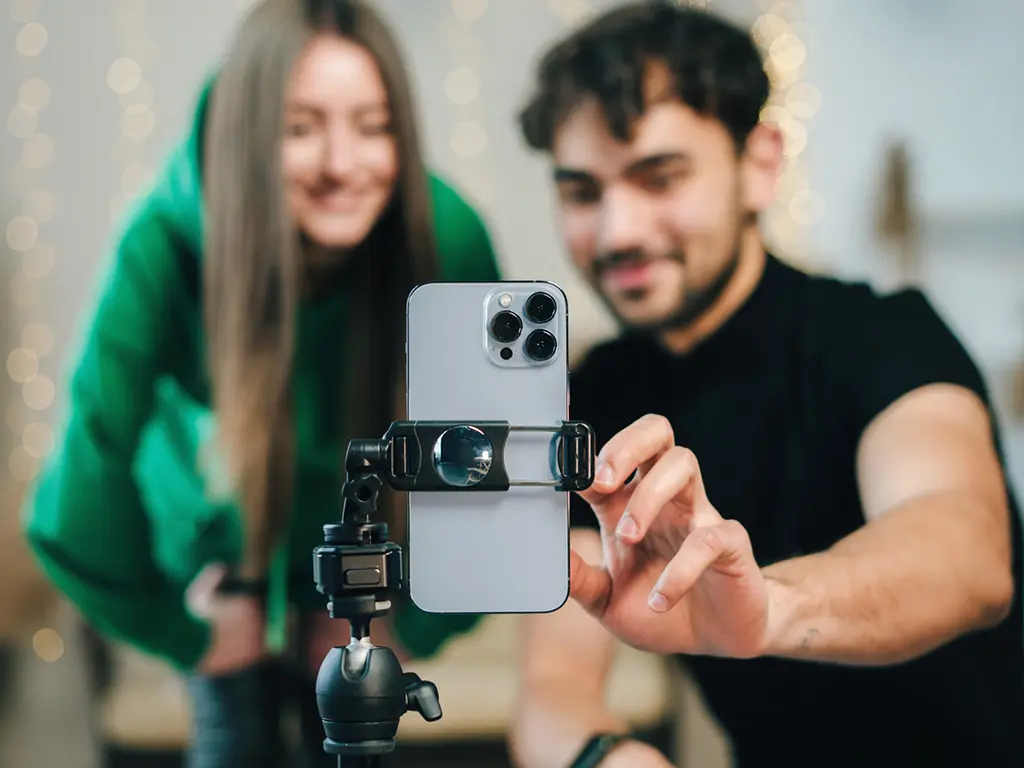
Think about your favorite brand. Do you want to see them partner with someone new for every single campaign? Or do you trust brands that build lasting relationships with creators you already follow?
I’ve noticed a common pitfall: focusing only on short-term campaigns. Brands treat influencer marketing like a quick transaction, moving from one creator to the next. But this overlooks the true power of a sustained partnership. What if, instead of one-off projects, you aimed to build an enduring connection, transforming an influencer into a true brand advocate?
Imagine an influencer who genuinely loves your product, uses it regularly, and talks about it organically, not just in sponsored content. This authenticity resonates deeply with their audience.
- Fostering Genuine Connections:
- Treat influencers as partners, not just channels.
- Give them creative freedom while ensuring brand alignment.
- Pay fairly and on time. Most creators prefer long-term partnerships, with 62% favoring them for steady income and more authentic relationships. (Aspire, 2024)
- Keep lines of communication open, providing clear feedback.
- Strategies for Sustained Partnerships:
- Brand Ambassadorship Programs: Formal programs where influencers regularly promote your brand.
- Co-Creation: Work with influencers to develop new products or content ideas.
- Exclusive Access: Give them early access to new products or beta features.
- Performance Incentives: Reward them for long-term loyalty and sustained results.
Crisis Management & Brand Safety on YouTube

In the ever-active world of social media, things can go wrong fast. An influencer could get involved in a controversy, or their content might inadvertently cause issues for your brand. While some articles touch on content approval, I’ve seen little discussion about preparing for the unexpected or how to truly protect your brand’s reputation on YouTube.
What happens if an influencer you work with makes a public misstep that sparks outrage? Do you have a plan to protect your brand from the fallout? Or what if their content, while approved, suddenly appears next to something unsavory on YouTube?
Here’s how to safeguard your brand:
- Proactive Vetting: Before working with anyone, do thorough research. Look into an influencer’s past content, their public statements, and their overall brand alignment. Use tools to check for fake followers or suspicious engagement.
- Clear Brand Guidelines: Provide influencers with detailed guidelines on your brand’s values, messaging, and any topics to avoid. This isn’t about stifling creativity; it’s about clear boundaries.
- Robust Content Approval Process: Ensure you have the right to review and approve all content before it goes live. This includes drafts, scripts, and final video edits.
- Real-Time Monitoring: Even after a video goes live, monitor comments and reactions. Tools can help you track brand mentions and sentiment. This helps you spot potential issues early.
- Crisis Communication Plan:
- Define Roles: Who speaks for your brand if a crisis happens? Who handles communications with the influencer?
- Rapid Response: Have a plan for how quickly you’ll react to negative situations.
- Transparency: If an issue arises, be honest and transparent. Authenticity builds trust, even during tough times.
- Influencer Involvement in Crisis: In some cases, working with trusted influencers to help share your brand’s message during a crisis can be powerful. They can humanize your brand and offer a relatable perspective. Choose influencers with a history of honest discussions, not just massive reach. (The Influencer Marketing Factory, 2025)
Conclusion
YouTube influencer marketing offers a unique way for US brands to connect with consumers. By understanding the platform, planning carefully, and respecting legal guidelines, you can build meaningful relationships with creators. This leads to authentic content that resonates deeply with audiences. Remember to look beyond the surface. Seek out the nuanced strategies and build lasting partnerships. The potential for growth and genuine brand advocacy on YouTube is truly significant. Are you ready to discover the possibilities for your brand?
Once you grasp the power of YouTube influencer marketing, you’ll naturally wonder how to pinpoint the exact terms your audience uses. Knowing what people search for is key to getting your videos discovered. To help you with that, I recently put together a comprehensive guide on the Best Keyword Research Tool for YouTube, which you might find incredibly useful for optimizing your influencer campaigns and organic content alike.
